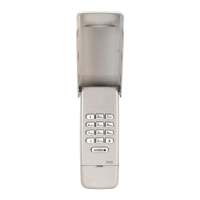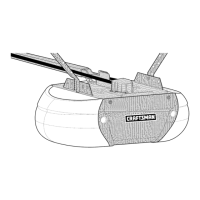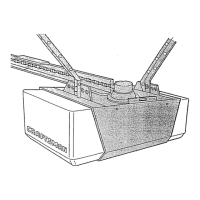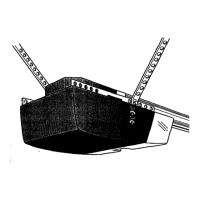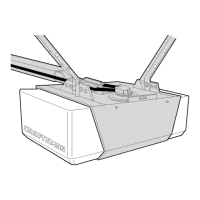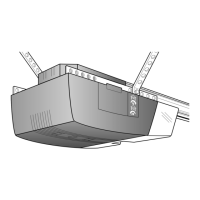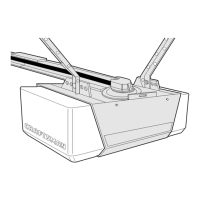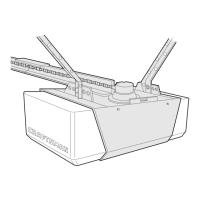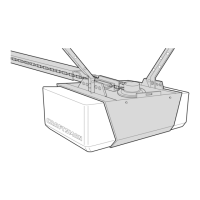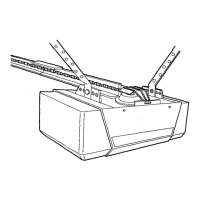Planning
Identify the type and height of your garage door. Survey
your garage area to see if any of the conditions below
apply to your installation. Additional materials may be
required. You may find it helpful to refer back to this page
and the accompanying illustrations as you proceed with
the installation of your opener.
Depending on your requirements, there are several
installation steps which may call for materials or
hardware not included in the carton.
• Installation Step 1 - Look at the wall or ceiling above
the garage door. The header bracket must be securely
fastened to structural supports.
• Installation Step 5 - Do you have a finished ceiling in
your garage? If so, a support bracket and additional
fastening hardware may be required.
• Installation Step 10 - Depending upon garage
construction, extension brackets or wood blocks may
be needed to install sensors.
• Installation Step 10 - Alternate floor mounting of the
safety reversing sensor will require hardware not
provided.
Do you have an access door in addition to the garage
door? If not, Model 53702 Emergency Key Release is
required. See Accessories page.
Look at the garage door where it meets the floor. Any
gap between the floor and the bottom of the door must
not exceed 1/4" (6 mm). Otherwise, the safety reversal
system may not work properly. See Adjustment Step 3.
Floor or door should be repaired.
SECTIONAL DOOR INSTALLATIONS
• Do you have a steel, aluminum, fiberglass or glass
panel door? If so, horizontal and vertical
reinforcement is required (Installation Step 11).
• The opener should be installed above the center of the
door. If there is a torsion spring or center bearing plate
in the way of the header bracket, it may be installed
within 4 feet (1.22 m) to the left or right of the door
center. See Installation Steps 1 and 11.
• If your door is more than 7 feet (2.13 m) high, see rail
extension kits listed on Accessories page.
SECTIONAL DOOR INSTALLATION
Horizontal and vertical reinforcement
is needed for lightweight garage doors
(fiberglass, steel, aluminum, door with
glass panels, etc.). See page 23 for details.
Header Wall
Slack in chain tension
is normal when
garage door is closed.
Extension Spring
OR
Torsion Spring
FINISHED CEILING
Su
fastening hardware
is required.
See page 16.
M ,tor unit
Wall-
mounted
Door
Control
Safety Reversing Sensor
Safety Reversing
Gap between floor Sensor
and bottom of door
must not exceed 1/4" (6 mm).
Access Door
O
" Header CLOSED POSITION
_A Bracket
_/_/j / Trolley - ,,
_//////{ _,(o_ /2/ K_,_7'" _ Emergency
I////AM /all _7/,' I Release
__ C_d _ Rope&Handle
., , I'_\1 II_ Door
_/e_laer _ _Door Arm
Garage_ I Bracket
DoorIIJ

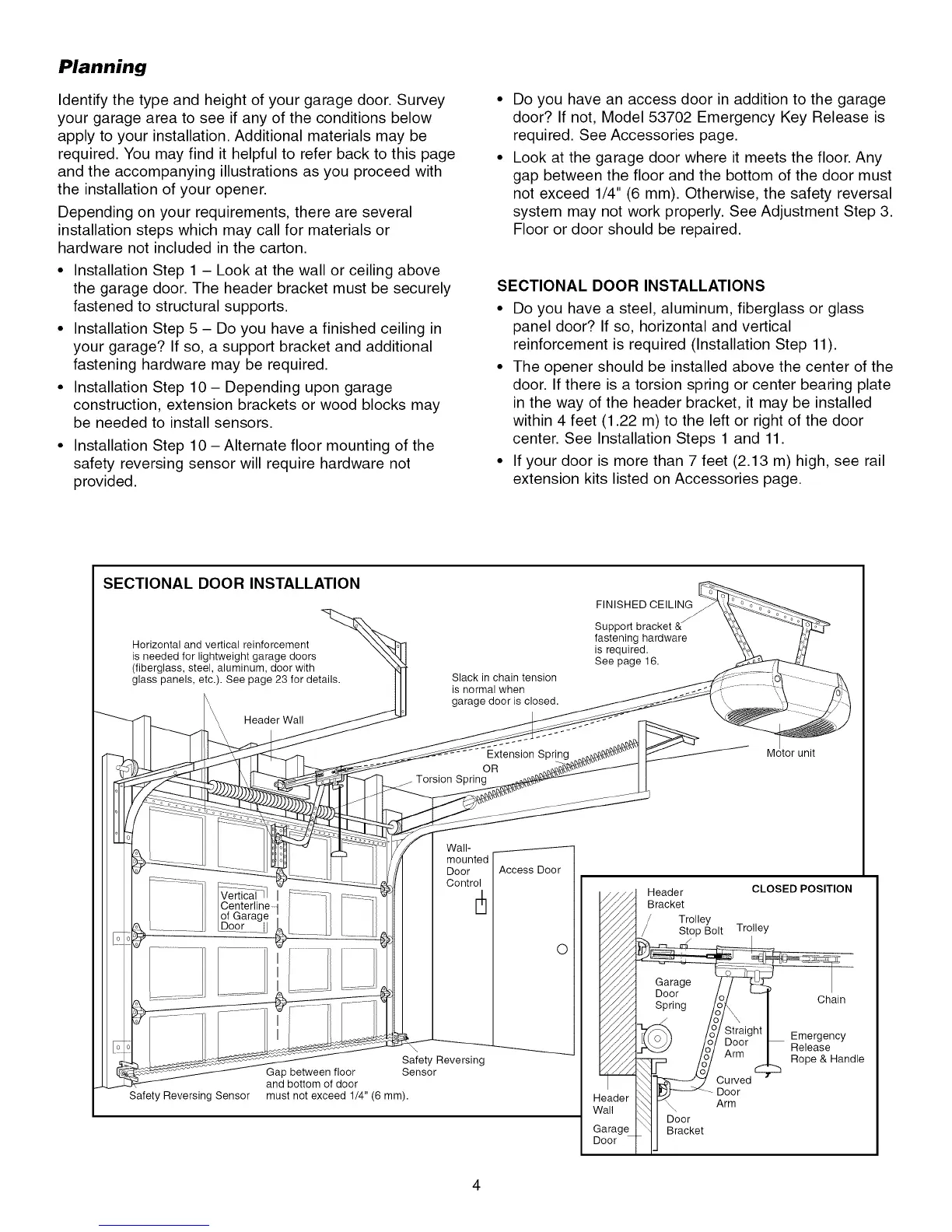